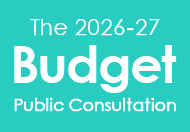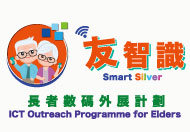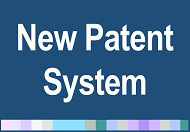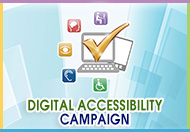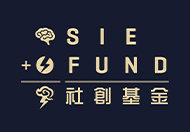12. Glossary
| Term | Description |
|---|---|
| Abbreviation | Shortened form of a word, phrase or name. |
| Acronym | An abbreviation made from the initial letters of a name or phrase that contains several words. Many acronyms can be pronounced as words. Defined differently in different languages. |
| “alt” tag | An attribute of an HTML tag that provides information about an element in text form |
| Assistive technology | A range of hardware devices such as modified keyboards and software such as screen readers that assist and enable persons with disabilities to use devices such as computers more effectively. |
| Audio description | Audio narration that is added to the soundtrack to explain important details that cannot be understood from the main soundtrack alone. During pauses in the track, audio descriptions of video provide information about actions, characters, scene changes and on-screen text for people who are visually impaired. |
| Breadcrumb | A trail of links most often found at the top of a piece of content within a webpage. The trail of links shows the location of the page within the website and gives a means for the user to link to pages above it. |
| Browser | Any software that retrieves and renders Web content for users. |
| Captcha | A type of technology aimed at checking whether the submission of a form is being done by a person or a computer. These usually involve entering some sort of distorted but still legible text or number displayed on the screen. |
| Captions | Synchronised transcripts of dialogue and important sound effects. Captions provide access for persons with hearing impairments. |
| Cascading style sheet - CSS | A way to define the style of a webpage, separate to the content through an external file. |
| Changes of context | A change in the browser window, or focus off a particular item; or even a change of content that changes the meaning of what was previously being viewed. It should be noted that a change in content is not always a change of context. Small changes in content, such as an expanding outline do not change the context. |
| Code | The language used to instruct computer software and hardware to perform certain functions |
| Extended audio descriptions | Audio descriptions that are added to an audio/visual presentation by pausing the video so that there is time to add an additional description of what is going on, or what just took place. This technique is only used when the message in the video would be lost without the additional audio description. |
| Flash | A proprietary multimedia platform owned by Adobe Systems, used to add animation, video and interactivity to webpages. |
| Function / Functionality | Perform or is able to perform one or more actions in response to user input. |
| HTML | Hypertext Mark-up Language (HTML) is the “language” used to produce websites. |
| Live audio-only | A live presentation that contains only audio (no video and no interaction) |
| Masthead | The portion at the top of most webpages. The term comes from the masthead of a newspaper which refers to the brand and name of a newspaper displayed at the top of the front page. On a webpage the masthead generally includes the logo and main navigation of the website. |
| Parsing | Parsing is the process a web browser goes through to display a webpage. The browser analyses the code and then displays the webpage accordingly. If the code is not correct, the browser may not display the webpage correctly. Screen readers also have to parse code and may not read a webpage correctly if the code is not correct. |
| Session | When a person visits a website, the server acknowledges that someone is using the website and assigns the person a period of time or session. In this way a website can keep track of stored items such as shopping carts. If a person stays idle on a website for too long – generally 30 minutes – the session will expire and the website will consider the person as a new visitor. |








